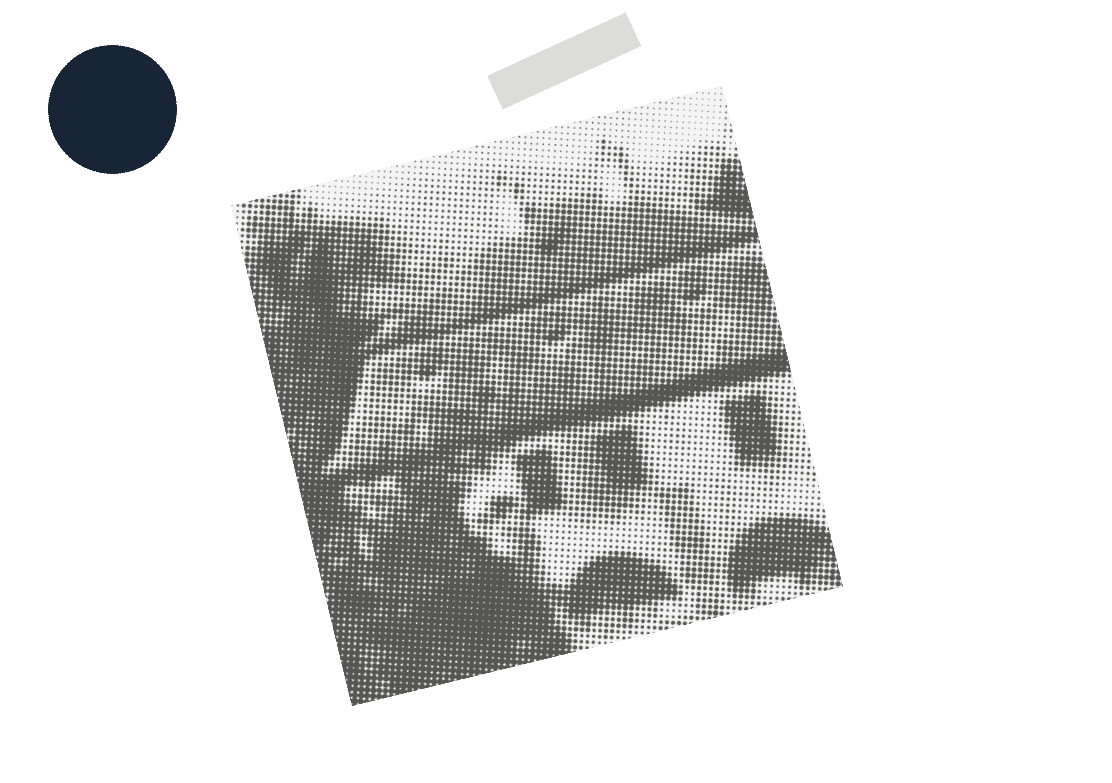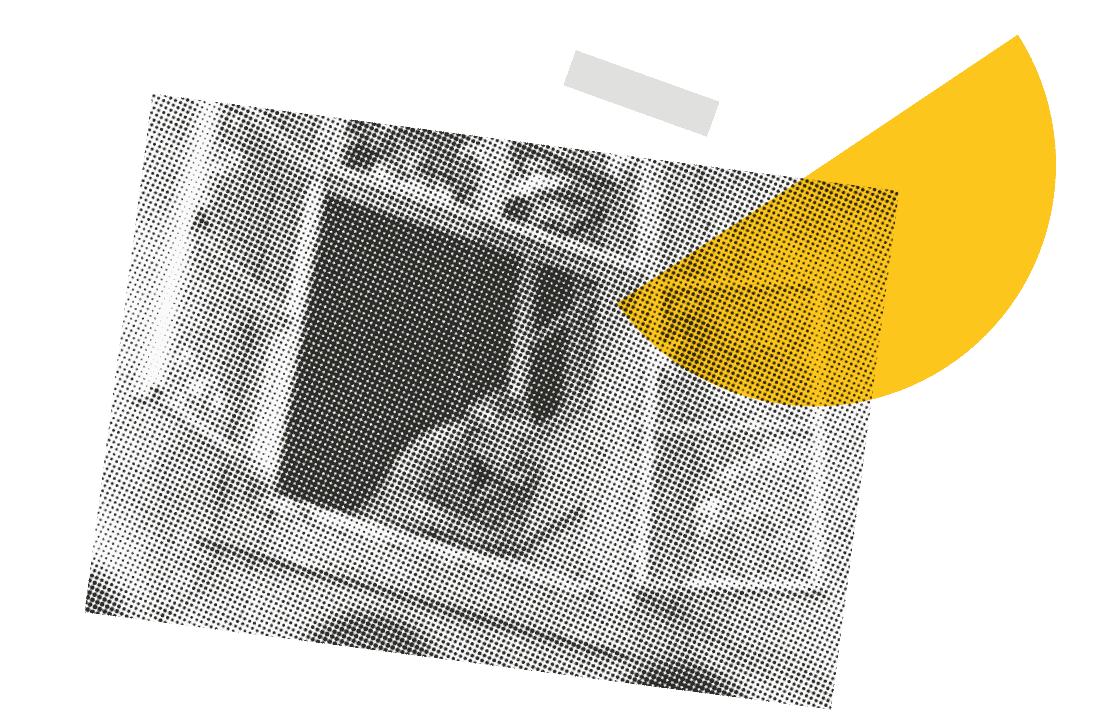The Werich Villa, previously also known as the Dobrovský house or Engel tannery, has more than 450 years of history and is closely connected with the history of Kampa Island, used since time immemorial by craftsmen who needed water to perform their activities: millers, tanners, gardeners and potters (the pottery markets on Kampa lasted up until the 20th century). Later, the aristocratic gardens were first built, then a public park, and the island also began being used as a popular place for relaxation.
One of the oldest reports of the buildings and gardens on Kampa is the information on Sova’s Mill from the 14th century (today it is the main Museum Kampa building). Accounts of the founding of the first gardens are from the 15th century. Most of the buildings were then built in the second half of the 16th and the beginning of the following century.
The first mention of the building that is now known as the Werich Villa comes from the year 1580, and Servatius Engel, whose family was from Flanders and who was raised to noble status in 1648 with the title von Engelsfluss for the protection of Prague from the Swedes, had a tannery here at least from the second quarter of the 17th century.
Part of the gardens, including today’s Werich Villa, was acquired by the house of Nostitz in 1725. They closed the tannery, walled in the space and attached it to the nearby Nostitz Palace as a garden.




